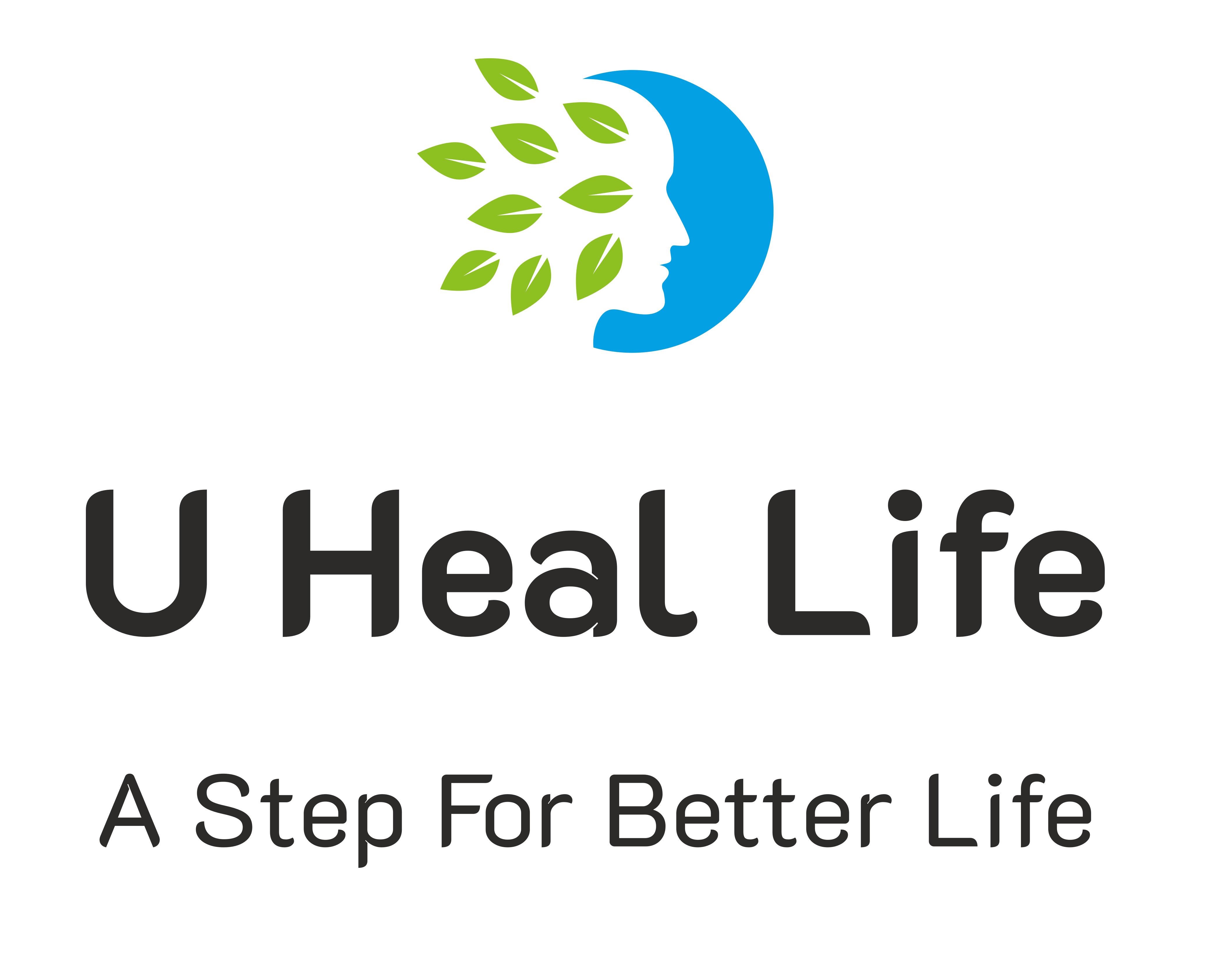How to be less judgemental in a relationship
In a relationship, being judgmental can create unnecessary tension and conflict. When you judge your partner’s actions or behaviors, they may feel criticized, defensive, and unappreciated. It is essential to maintain a healthy relationship as well as to grow and develop as a person. In this blog post, we will discuss some practical tips for being less judgmental in relationships.
Practice empathy
Empathy is the ability to understand and share the feelings of another person. When you practice empathy, you can put yourself in your partner’s shoes and understand their perspective. Try to understand your partner’s motivations and feelings before passing judgment. When you practice empathy, you can be more supportive and understanding of your partner.
Focus on the positive
Instead of focusing on the negative aspects of your partner, try to focus on their positive qualities. Make an effort to acknowledge and appreciate their strengths and accomplishments. When you focus on the positive, you can create a more positive and uplifting atmosphere in your relationship.
Communicate effectively
Communication is key to any healthy relationship. When you communicate effectively with your partner, you can avoid misunderstandings and conflicts. Avoid using critical or judgmental language when communicating with your partner. Instead, use “I” statements and express your own feelings and perspectives. When you communicate effectively, you can foster a more open and honest relationship.
Practice self-reflection
Sometimes, being judgmental can stem from our own insecurities and biases. It’s essential to practice self-reflection to understand the root causes of our judgments. Take some time to reflect on your own beliefs, values, and experiences. This can help you become more aware of your own biases and work towards changing them.
Be open-minded
Being open-minded means being willing to consider different perspectives and ideas. It’s essential to be open-minded in a relationship to avoid being judgmental. Try to approach your partner’s actions and behaviors with an open mind. Consider their perspective and try to understand where they’re coming from. Being open-minded can help you build a more empathetic and understanding relationship.
Judgmental behavior can have various negative impacts on relationships. Here are some key points on how being judgmental can harm relationships:
Lack of Trust: Constantly judging your partner can create an environment of mistrust. When one person feels constantly judged, they may become guarded and less willing to open up or share their thoughts and feelings.
Communication Breakdown: Judgmental behavior can hinder effective communication in a relationship. The fear of being judged may lead individuals to withhold their thoughts and emotions, causing a breakdown in honest and open communication.
Resentment and Conflict: Being judgmental often leads to resentment and conflict. When one partner constantly criticizes or judges the other, it can lead to feelings of resentment and dissatisfaction. This can result in frequent arguments and conflicts within the relationship.
Emotional Disconnect: Judgment can create emotional distance between partners. Feeling constantly criticized or judged can make individuals withdraw emotionally, leading to a sense of disconnection and isolation within the relationship.
Low Self-esteem: Constant judgment can negatively impact an individual’s self-esteem. Feeling constantly scrutinized by their partner can erode their self-confidence, leading to feelings of inadequacy and self-doubt.
Difficulty in Growth: Judgmental behavior can hinder personal and relationship growth. When partners feel judged, they may be hesitant to explore new ideas, take risks, or express their true selves. This can limit both personal and relationship development.
It’s important to acknowledge the negative impact of judgmental behavior in relationships and work towards developing a less judgmental mindset for a healthier and more fulfilling partnership.
In conclusion, being less judgmental in a relationship requires effort and practice. By practicing empathy, focusing on the positive, communicating effectively, practicing self-reflection, and being open-minded, you can build a more positive and fulfilling relationship. Remember, a healthy relationship requires mutual respect, understanding, and support.










